This week’s Throwback Thursday article is from the January/February 2013 magazine edition of Australian Aviation, where Michael Gisick wrote about the Bullet Train for Australia Party.
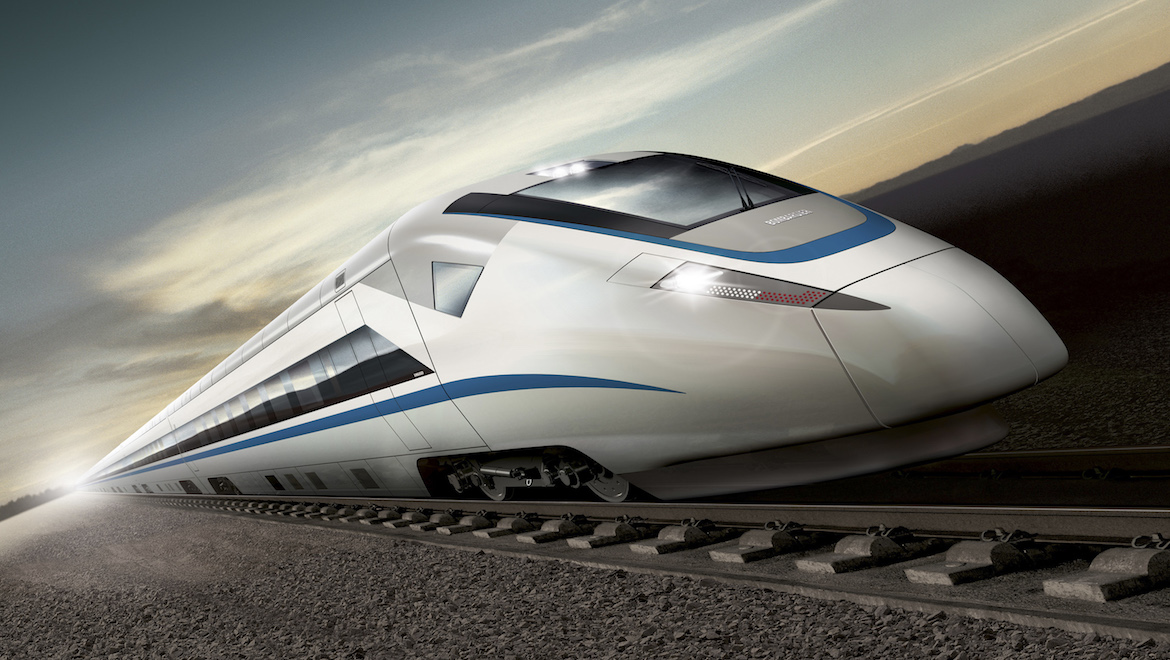
Where Labor and the Liberals stand on the central ideologies of Western political philosophy, the Bullet Train Party evokes a particularly speedy form of public transport.
During the recent ACT elections, when it was still just the Bullet Train for Canberra Party, the newest entrant to national politics seemed happy to play up its gadfly image, eschewing traditional politics in favour of social media and declaring itself the “least annoying party.”
But the Bullet Train Party is serious about policy, even if it only has one of them. And after winning around four per cent of the ACT vote it may not be on the brink of taking over parliament, but party leaders say they’ve already succeeded in influencing the national discussion.
As party president Tim Bohm tells Australian Aviation</em), that’s exactly the party’s aim in entering politics.
“Over the 20-plus years of HSR inaction, no other method has worked,” Bohm says, using the acronym for High-Speed Rail.
“Just from the ACT election result, we have seen daily reporting and discussion within the community, the media and the government, both locally and federally. After seeing the popular reaction to HSR, both sides are being freed of the crippling fear of public backlash.”
The weeks since the ACT election have, indeed, seen some prominent support thrown the Bullet Train’s way, with a Canberra Times editorial describing a fast train network as the future (“at some point”) and the Greens releasing a study touting $48 billion in economic benefits from an east coast HSR network over 30 years.
The national secretary of the Australian Workers Union, meanwhile, has described the lack of progress on HSR as “criminal” negligence that has left Australia behind other developed countries and even developing ones like China.
The problem for fast train advocates has never been outright opposition by the major parties, but rather inaction stemming from frightening price tags.
The most recent government study on the subject placed the price tag of the east coast HSR system at between $61 and $101 billion over 20 years.
Adding in additional administrative costs and extending the scope an additional decade, critics say an apples-to-apples comparison with the Green’s $48 billion in claimed 30-year benefits would be costs of between $100 and $150 billion.
Advocates counter that such claims understate both the economic and environmental benefits of HSR, particularly as fuel prices continue to rise and Australia works to cut carbon emissions.
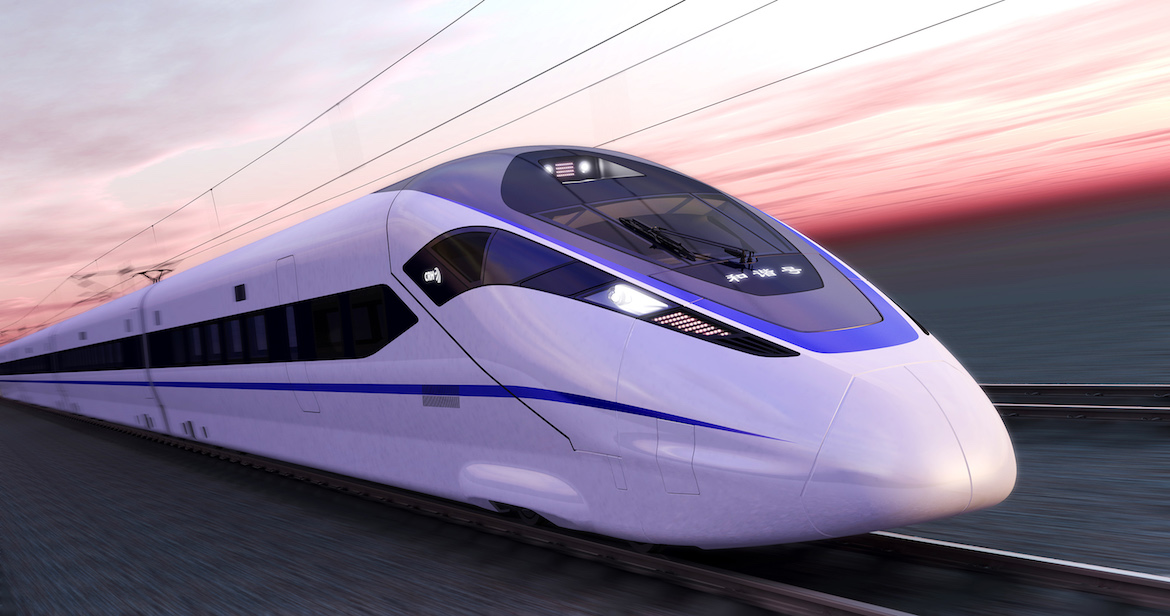
And about that second Sydney Airport
For the aviation world, the bullet train has entered the conversation most prominently with regard to that perennial hot potato: a second Sydney Airport.
Since the late 1990s an HSR link between Sydney and Canberra has been floated as a way to make Canberra Airport a viable option to relieve congestion at Sydney’s Kingsford Smith, an idea still being pushed by NSW Premier Barry O’Farrell – though not by his liberal colleagues in Canberra.
Labor, meanwhile, has moved ahead with a new round of studies on a second airport site in Wilton, 80km southwest of Sydney CBD.
With travel times from Wilton to Sydney CBD likely to equal or at times exceed the estimated 57-minute bullet train trip from Canberra, Bohm says the Wilton site makes little sense.
“I don’t know why the federal government wants to build a second Sydney airport in outback Wilton NSW,” he says.
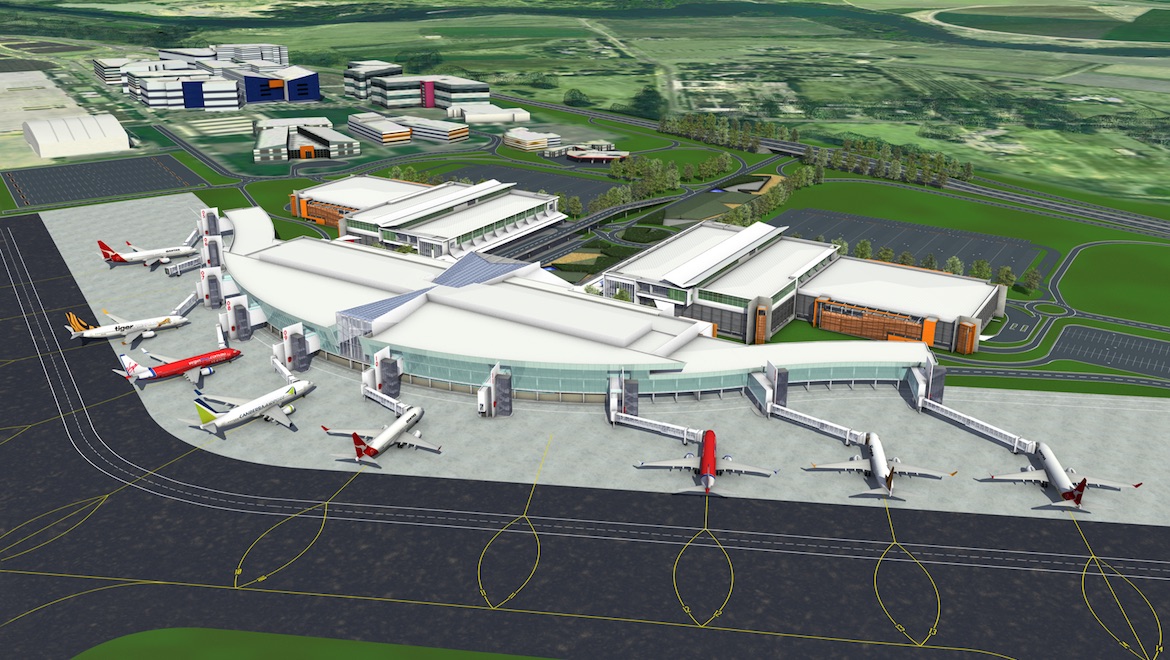
Opposition – or at least scepticism – toward the rail option has also come from airlines, with Qantas CEO Alan Joyce dismissing the idea and arguing a second airport in the Sydney Basin was the only way to meet growing demand.
Or course, airlines have their own reasons to oppose a fast train.
As a result, Joyce – perhaps not the most popular man in Australia – became a prominent target of the Bullet Train Party during the ACT election, with the party mockingly thanking Joyce for adding them to a list of those he had dismissed that already included “Australian workers and their families, Australian and international unions and the Australian people.”
Bohm says the group doesn’t necessarily view Joyce as a villain, but views “some of his recent statements on HSR as backwards.”
Instead of opposing the bullet train, Bohm says, Qantas should follow the lead of Lufthansa, which shut down domestic flights between Frankfurt and Cologne and instead began operating its own dedicated carriage on the fast train between those two cities.
With airlines struggling to make a profit against high fuel prices, Bohm continues, carriers “could actually benefit by tapping into new synergies and partnering opportunities generated by HSR.
“Smart companies evolve their product offerings as demand patterns change,” he adds. “Those that refuse to innovate and instead ‘pick fights’ in order to hold onto outdated ideas eventually get left behind.“
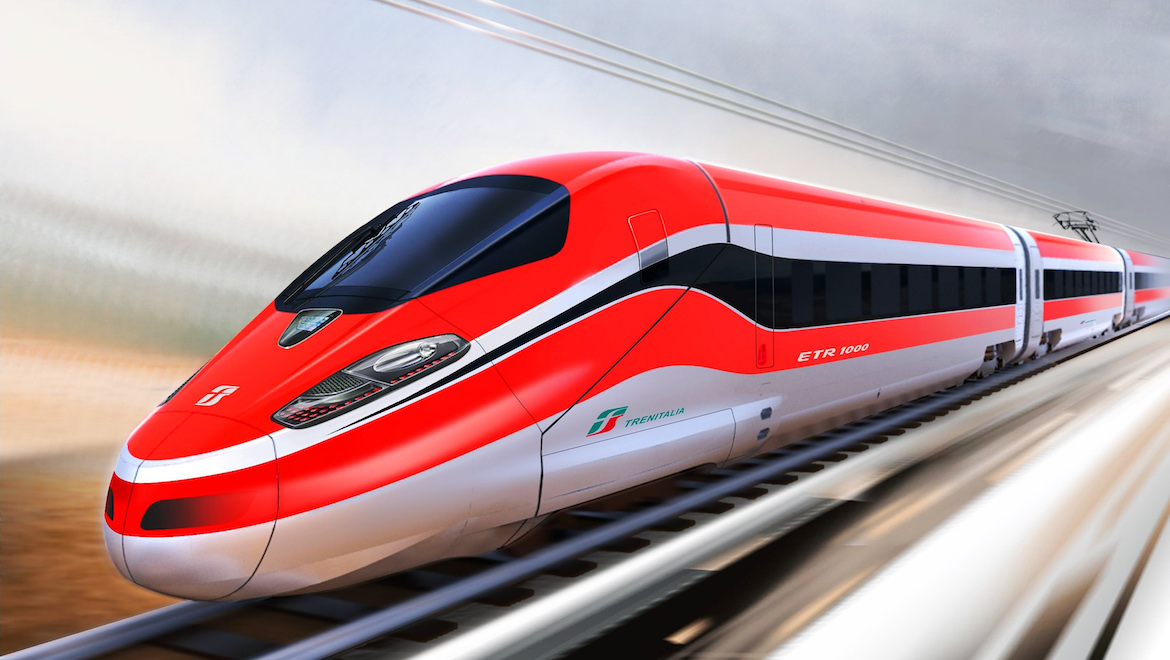
This article originally appeared in the January/February 2013 magazine edition of Australian Aviation.
To read more stories like this, subscribe here.




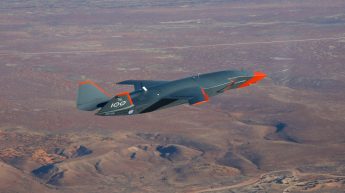











Mick C
says:Japan has a population of 120m in an area the size of NZ, China 1.3b in an area only a bit bigger than Australia, Europe 500m in a area considerably smaller then Australia, HSR makes sense in places with a high Pop density, the only place I can think of in Australia with that sought of Pop density is the Newcastle-Sydney-Wollongong corridor.